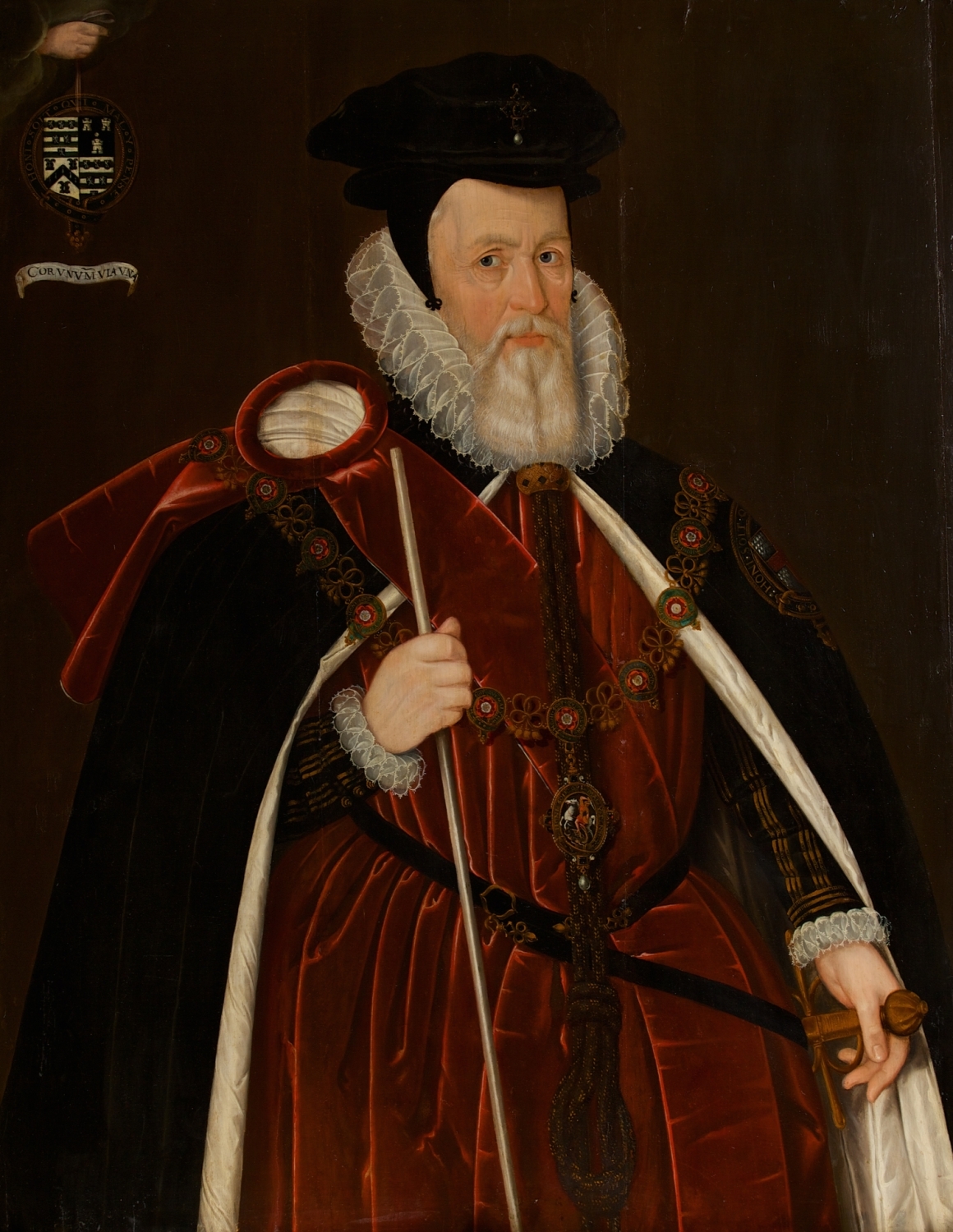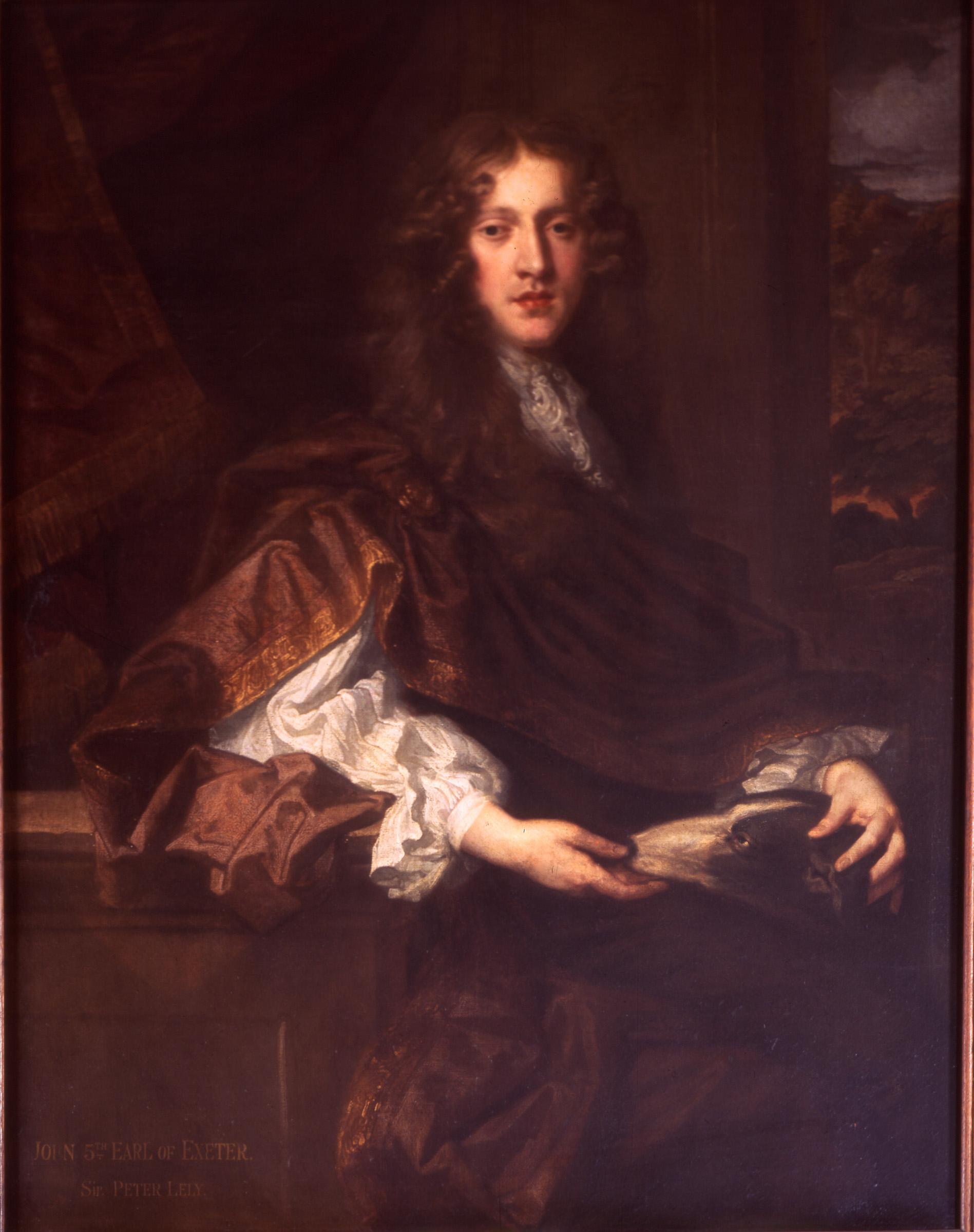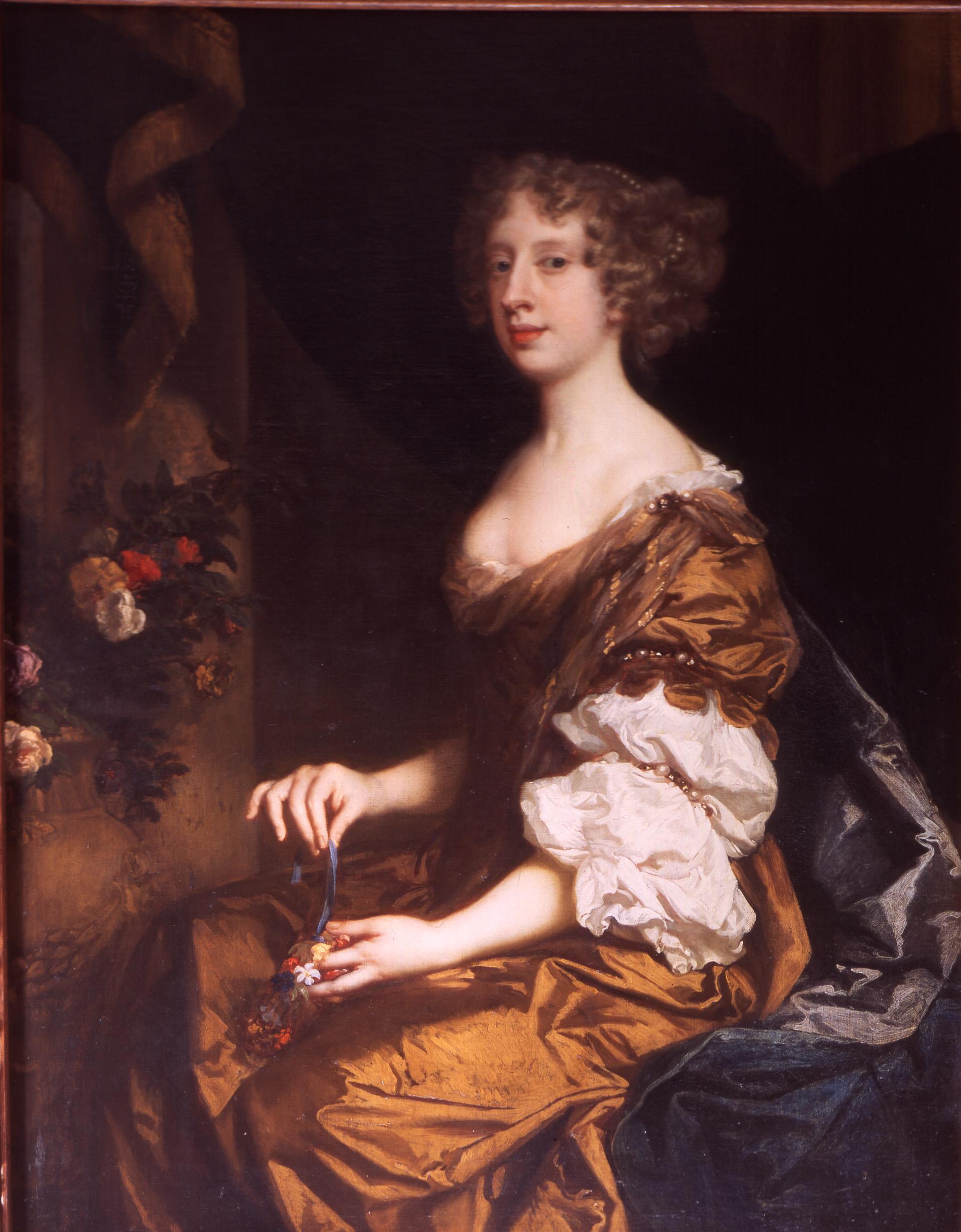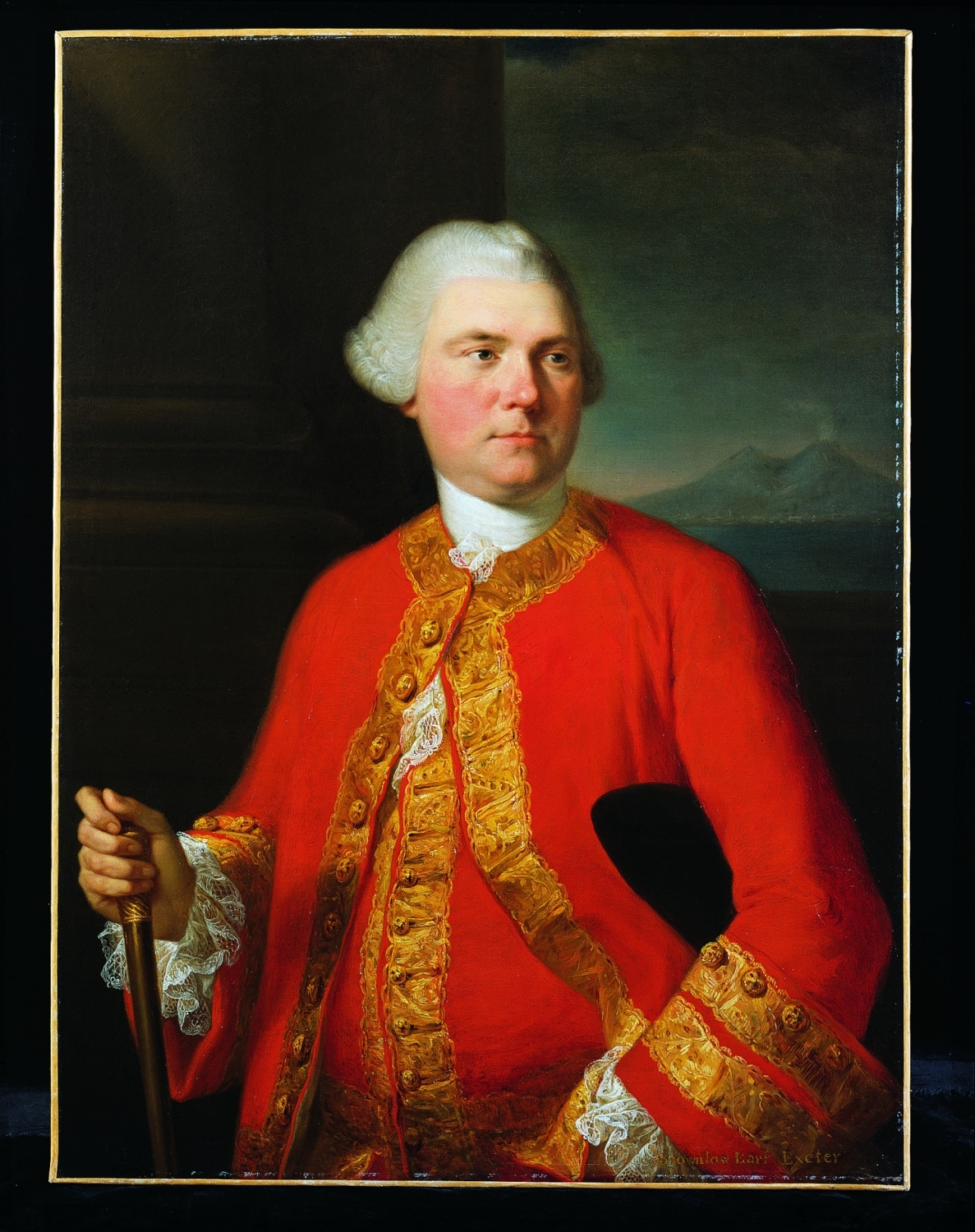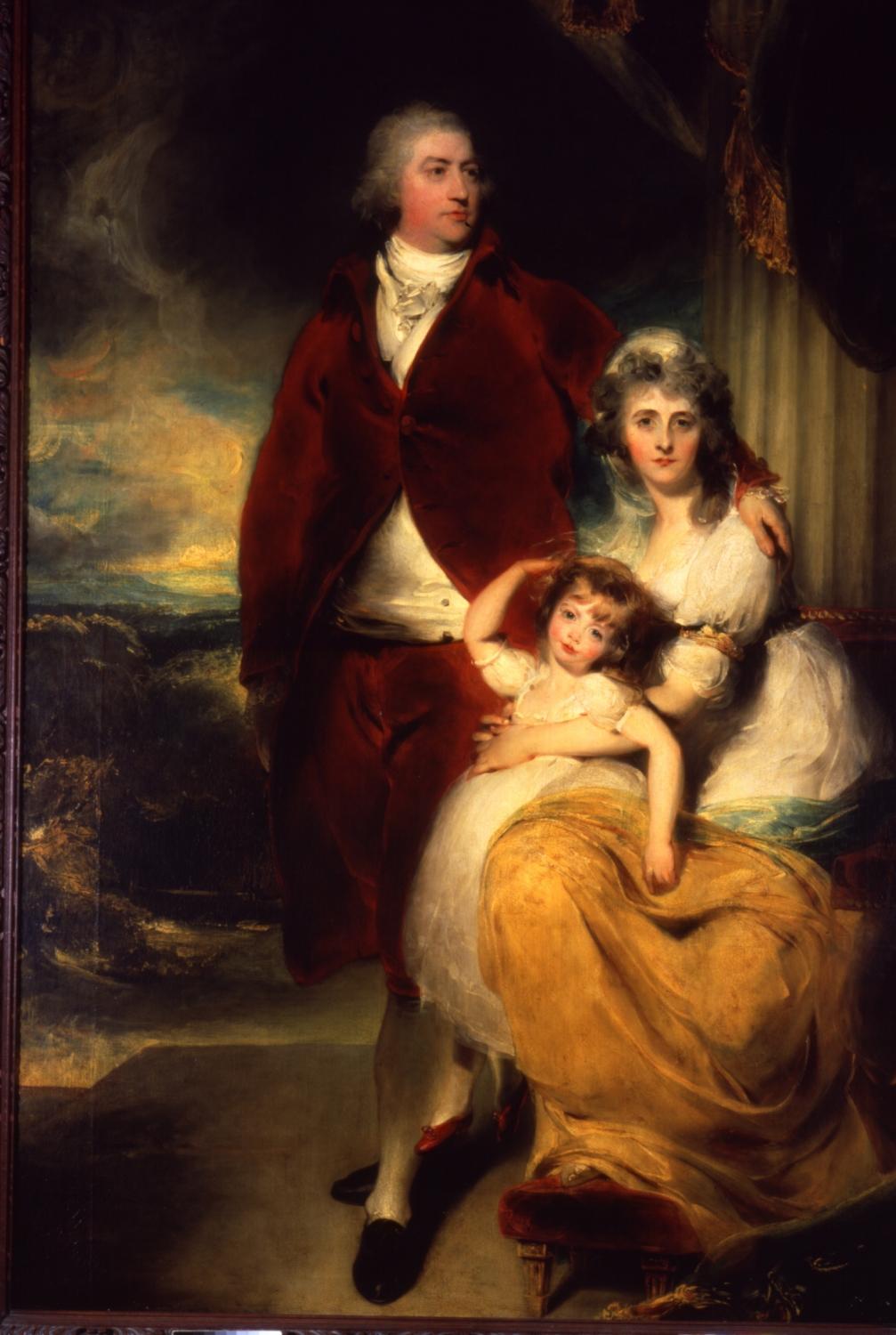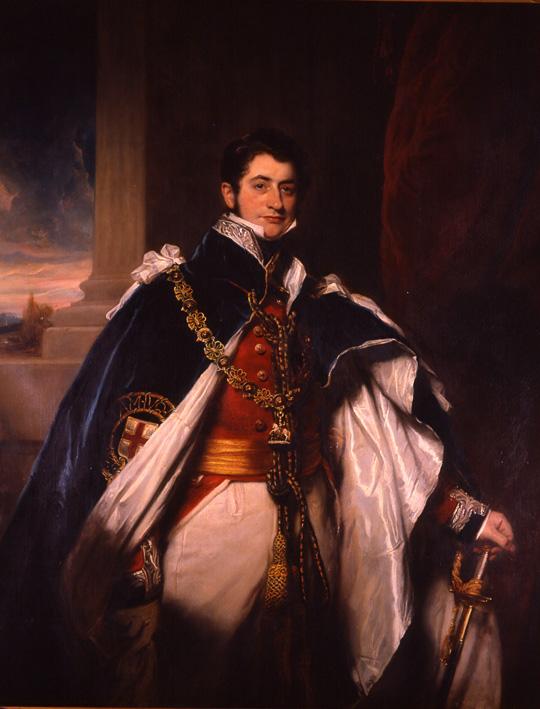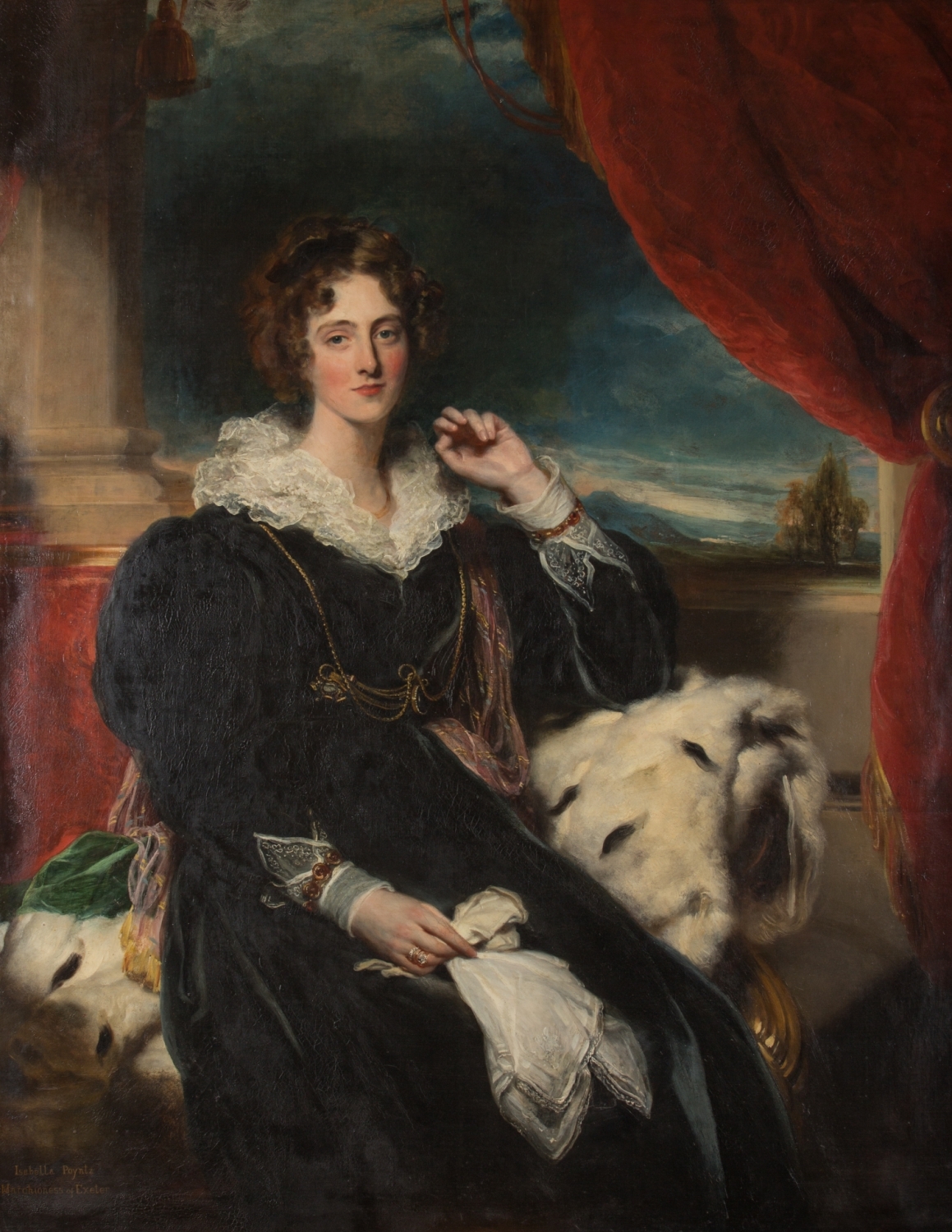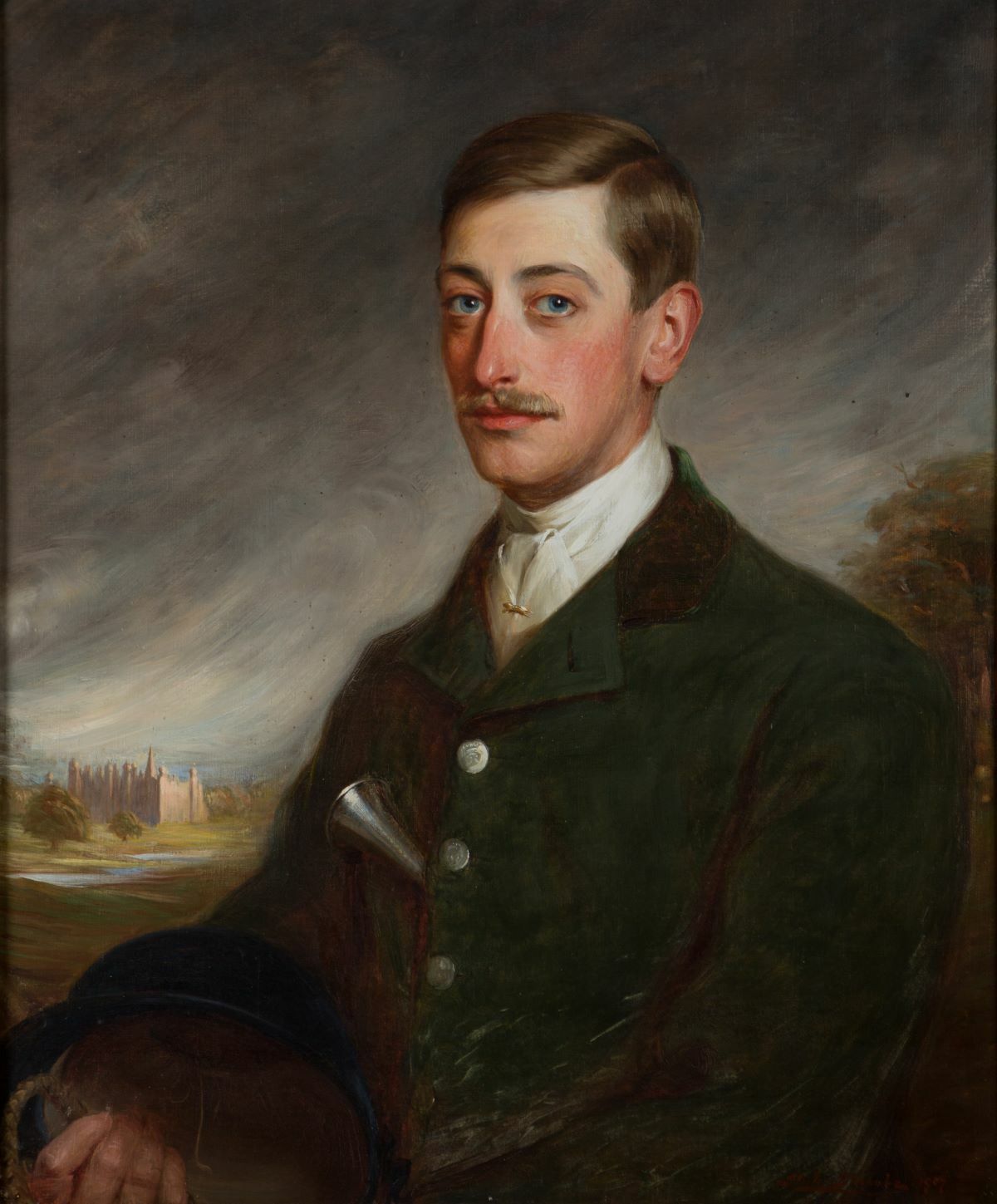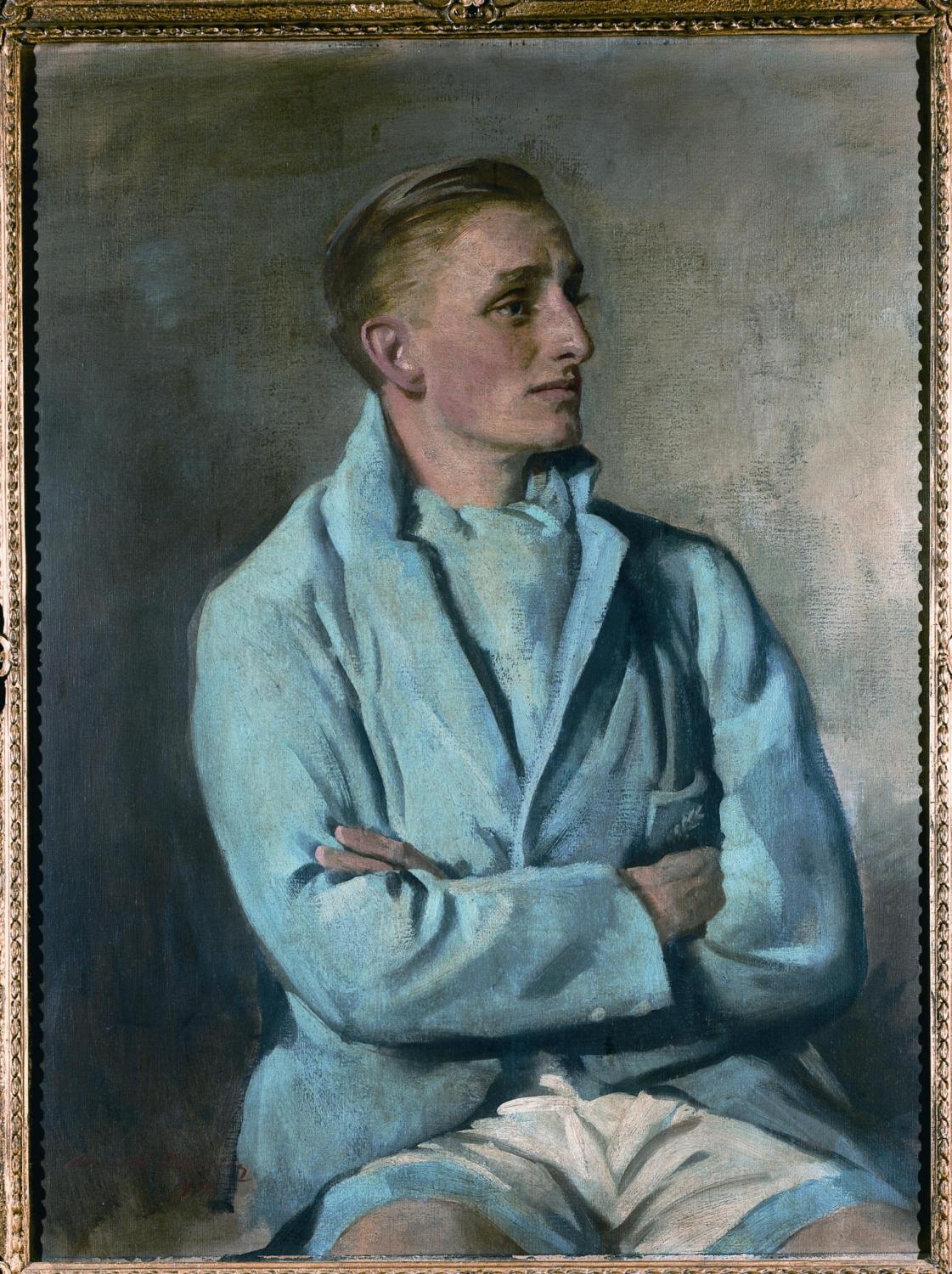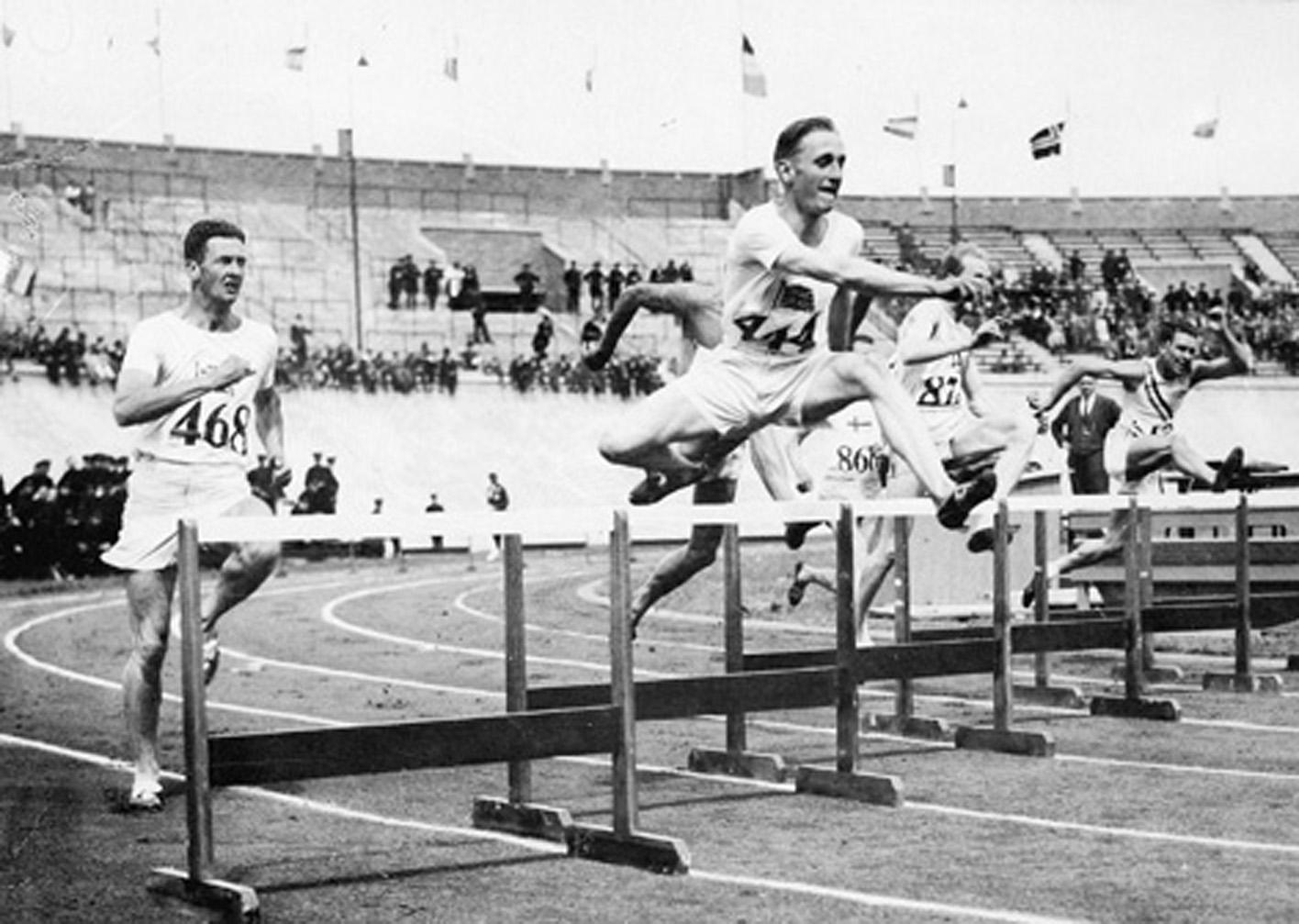
History of the Family
Building for Eternity
William Cecil built Burghley House as a country home for the dynasty that he founded and as a demonstration of his wealth and power. Externally, it is largely as he left it. Within it has been transformed by his descendants and filled with an extraordinary Collection of wonderful things.
Burghley remains a family home, occupied by a direct descendant of the Lord Treasurer, who leads a team devoted to the preservation of the House, its contents and the surrounding Estate for the enjoyment and education of all.

1520-1598
Sir William Cecil, 1st Baron Burghley

1648-1700
John, 5th Earl of Exeter

1725-1793
Brownlow, 9th Earl of Exeter

1754-1804
Henry 10th Earl and 1st Marquess of Exeter

1795-1867
Brownlow, 2nd Marquess of Exeter

1876-1956
William Alleyne, 5th Marquess of Exeter, KG
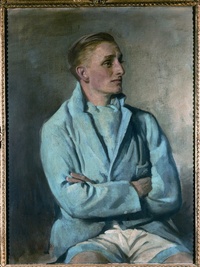
1905-1981
David, 6th Marquess of Exeter
NEW Burghley House Book
Step into the lavish interiors, extraordinary architecture and parklands, and unrivalled collections of Burghley through the pages of a brand new book published by Rizzoli.

